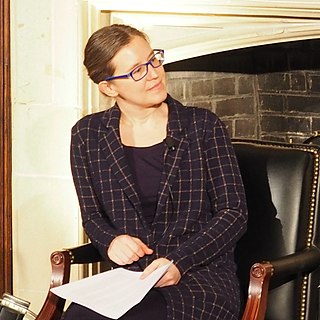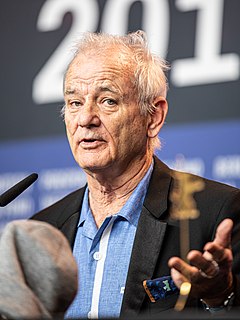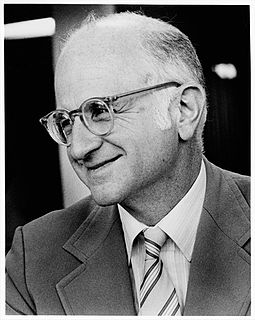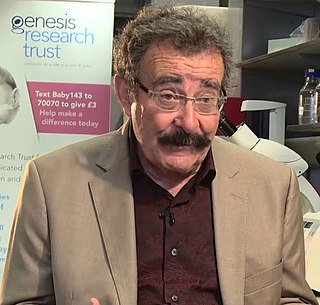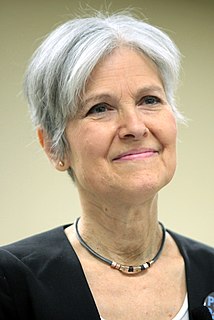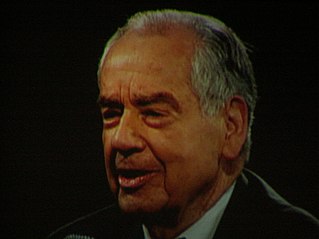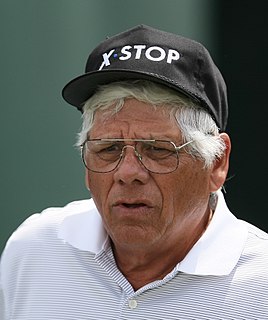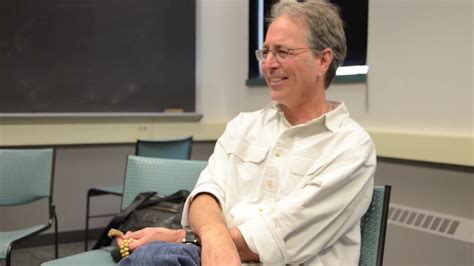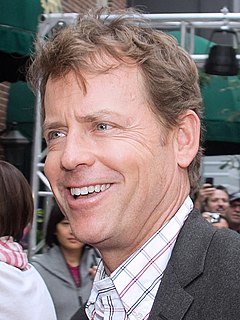A Quote by Hal Huggins
Thimerosol is the preservative in immunisation shots, so anytime you get an immunisation shot you are undergoing the same procedure that in the University Lab we used to give animals auto-immune disease---give a little tiny injection of mercury. And when you get an immunisation shot you are getting a little tiny dose of mercury there.
Related Quotes
I'd like [Santa Claus] to give Wes Anderson, the director, enough money in his next budget for an aerial shot - just a little copter shot. He really wanted this one helicopter shot, and Disney wouldn't give him the money. Just wouldn't give him the money. Every day, he was talking to the studio about this helicopter shot.
The time to hurry is in between shots. It's not over the shot. It's timing how people walk. You have to add that to the equation. If you've got somebody walking slow and they get up to the shot and take their 20 seconds, what's the aggregate time for them to hit that shot in between shots? That's what really matters. It's not the shot at hand.
Every shot feels like the first shot of the day. If I'm on the range hitting shot after shot, I can hit them just as good as I did when I was 30. But out on the course, your body changes between shots. You get out of the cart, and you've got this 170-yard 5-iron over a bunker, and it goes about 138.
This is what I tell my students: step outside of your tiny little world. Step inside of the tiny little world of somebody else. And then do it again and do it again and do it again. And suddenly, all these tiny little worlds, they come together in this complex web. And they build a big, complex world.



